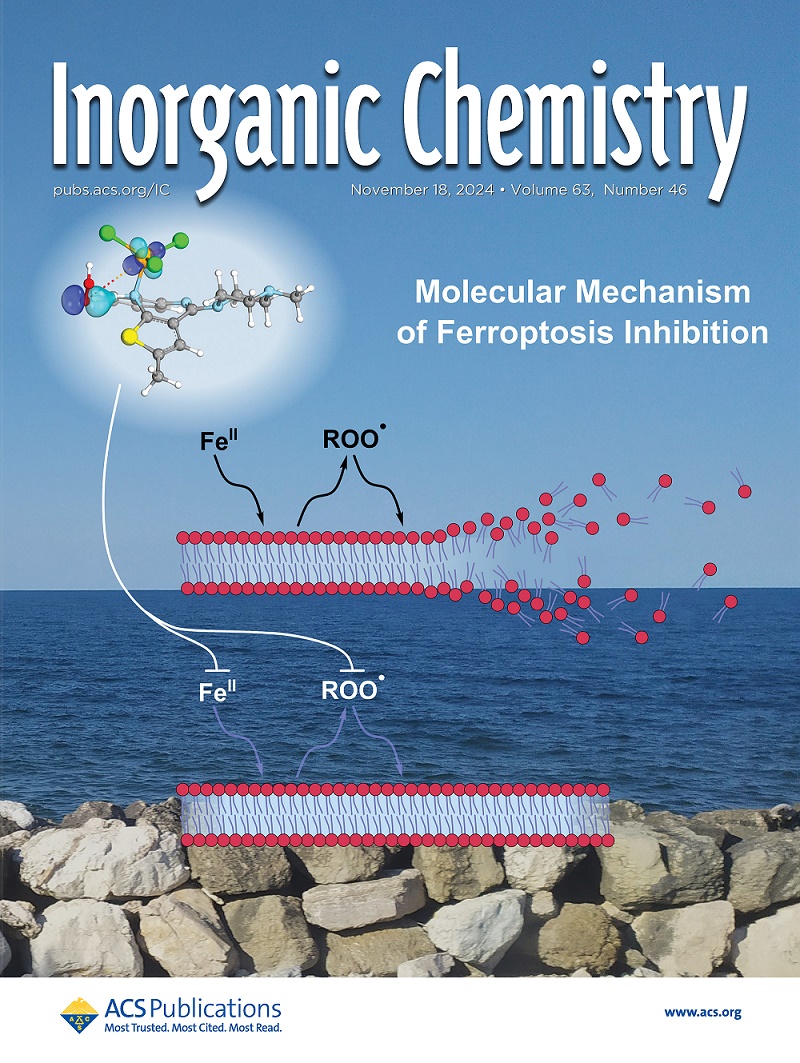Study of the Microstructure, Physical and Mechanical Properties of Zirconium Disilicide Ceramics: Synthesis, Experimental Characterization and Theoretical Calculations
IF 4.3
2区 化学
Q1 CHEMISTRY, INORGANIC & NUCLEAR
引用次数: 0
Abstract
Zirconium disilicide (ZrSi2) is often used in high-temperature applications due to its excellent mechanical properties and thermal stability. This study aims to investigate the microstructure and physical and mechanical properties of ZrSi2 ceramics prepared under high-pressure and high-temperature (HPHT) sintering conditions. The research results show that the density, Vickers hardness, and fracture toughness of the ZrSi2 ceramic sample reach 4.7 g/cm3, 10.547 GPa, and 6.905 MPa·m1/2, respectively. It is worth noting that the ZrSi2 ceramic sample exhibits excellent oxidation resistance and its oxidation starting temperature is 1463 °C. The experimentally measured thermal diffusion coefficient of the ZrSi2 ceramic sample is 2.815 mm2/s, and the specific heat capacity is 0.48 J/g·K, from which the thermal conductivity is calculated to be 6.354 W/m·K. The first-principles calculation results show that the crystal structure of ZrSi2 has good dynamic stability, and the silicon atoms and zirconium atoms are connected by strong covalent bonds. At the same time, the ZrSi2 ceramic sample obtained in this experiment has a uniform grain size distribution, a high dislocation density, and a strong texture. The results of this study are crucial for the preparation and application of ZrSi2 ceramics.

求助全文
约1分钟内获得全文
求助全文
来源期刊

Inorganic Chemistry
化学-无机化学与核化学
CiteScore
7.60
自引率
13.00%
发文量
1960
审稿时长
1.9 months
期刊介绍:
Inorganic Chemistry publishes fundamental studies in all phases of inorganic chemistry. Coverage includes experimental and theoretical reports on quantitative studies of structure and thermodynamics, kinetics, mechanisms of inorganic reactions, bioinorganic chemistry, and relevant aspects of organometallic chemistry, solid-state phenomena, and chemical bonding theory. Emphasis is placed on the synthesis, structure, thermodynamics, reactivity, spectroscopy, and bonding properties of significant new and known compounds.
 求助内容:
求助内容: 应助结果提醒方式:
应助结果提醒方式:


